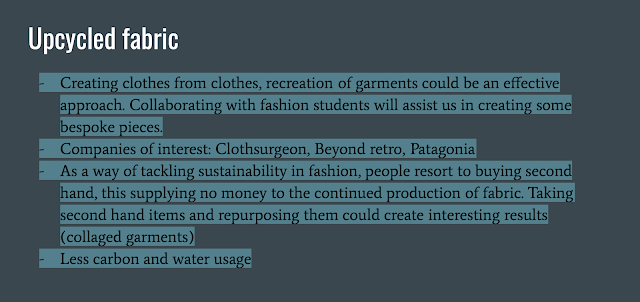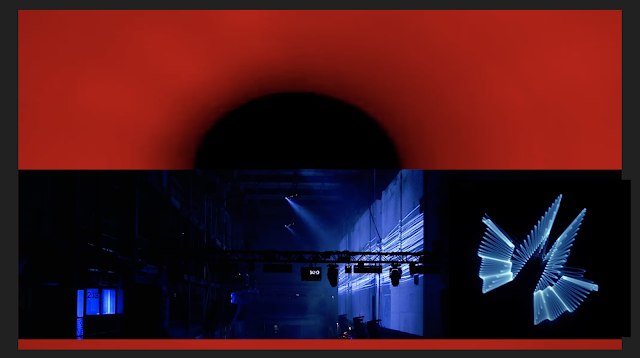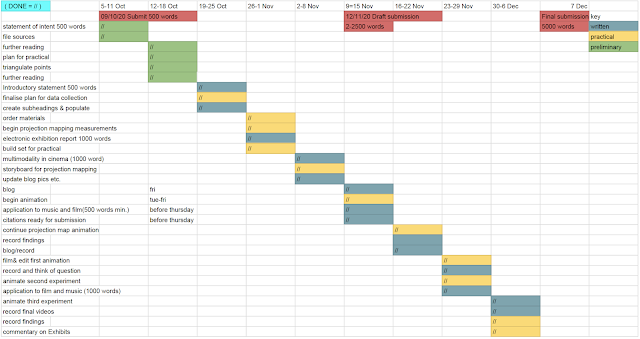




The two concepts above are designed to help me develop my visual language and understand what it is like adapting a third party story into my own visual storytelling. Ideas like the ones above which are rich with topics to research and have the potential to have a striking aesthetic. For a final result, I would like to develop storyboards of these as mocks for a short animation series of true stories.
Diablo
Story
The true story of a group of housemates preparing to travel around Africa. Before they left, they had to decide what to do with their pet rabbit, Diablo. Tommy decides to take charge. He cooked the rabbit in a stew and fed it to his friends the day before they embarked. As they have all eaten Diablo (Devil in Spanish), each had their own near fatal accident.
Limitations
The contact I had who was going to share this story is being reluctant to give me the story out of wanting to use it in his own writing. I will attempt to negotiate and get further detail to the story, or make an adaptation of it if I choose to take this route.
Pop
Story
Have heard a number of short stories from my great Grandfather. He was in the secret service and has shared fascinating stories. None of which are to great detail but have given me an idea as to what it was like. His missions included jungle warfare and the Mafia. These would make for great animated shorts.
Limitations
Some of the stories are sensitive to not be shared with the public. Furthermore the details are could be gruesome. Asking for further detail into such stories could be a sensitive topic.
I have had the idea to do a callout on social media platforms for people to send in other true stories which would translate into good animated shorts. From these storyboards and possibly animations could be made.


The moodboard represents some of the research I am interested in. when it comes to musical narrative. The unpaid commission I am working on is for a Psytrance music video. The music is extremely fast and high energy. The song, named High is a representation of the effects on the brain during lockdown mixed with a feverish desire for a party. I have researched types of fungus, namely Cordycepts which are able to take over parts of insects' brains, control them and hatch out of their heads. I thought this aesthetic could be used well in a chaotic music video.
So far I have experimented with real photography of nature to create an idea of the networks fungus create. To link this to human activity, I have worked on a hand drawn representation of a CT scan. Using bright colours one might see in a fungus, I am beginning to develop the aesthetic for the upcoming 2.30 minute animation.
Stills from this project have already been framed and exhibited at the It's Going to Happen art show, London curated by Alice Crayson, which provided the work with good exposure.


This group project has the intention of using a number of mediums. Looking at fashion sustainability allows for many different creative decisions and aesthetics. We are hoping to blend music production, sustainable fashion, animation and projection mapping in our project. By looking at these allows for collaboration with non animation based creatives such as fashion designers and music producers. We will also have opportunity to engage in live briefs for clients. We are taking into consideration getting shows for catwalk runs, live dance performances and installation.
It is important for me to keep my mind open, new opportunities could arise throughout the year so it is important to select the right ones and not overload myself with work. Moving forward, I will make a Gantt chart and find an effective way to balance and present different projects within this module.






























